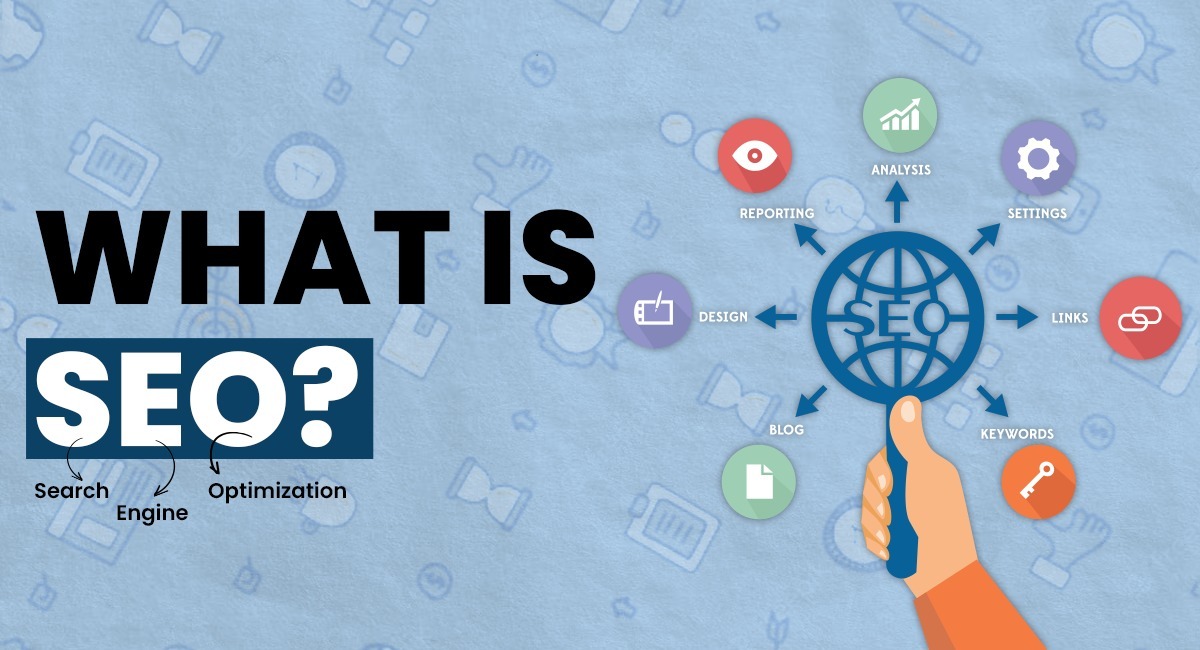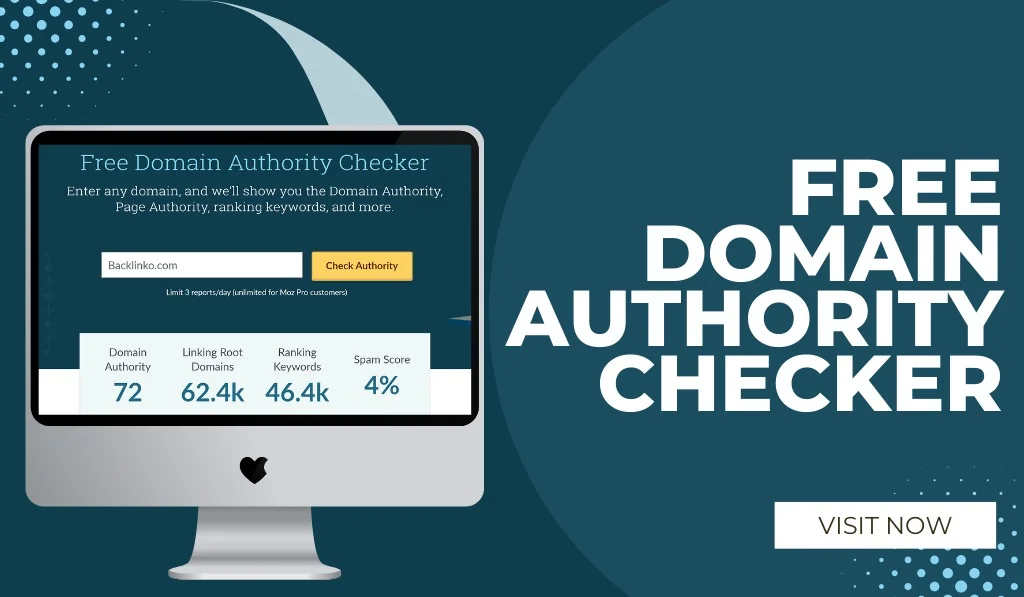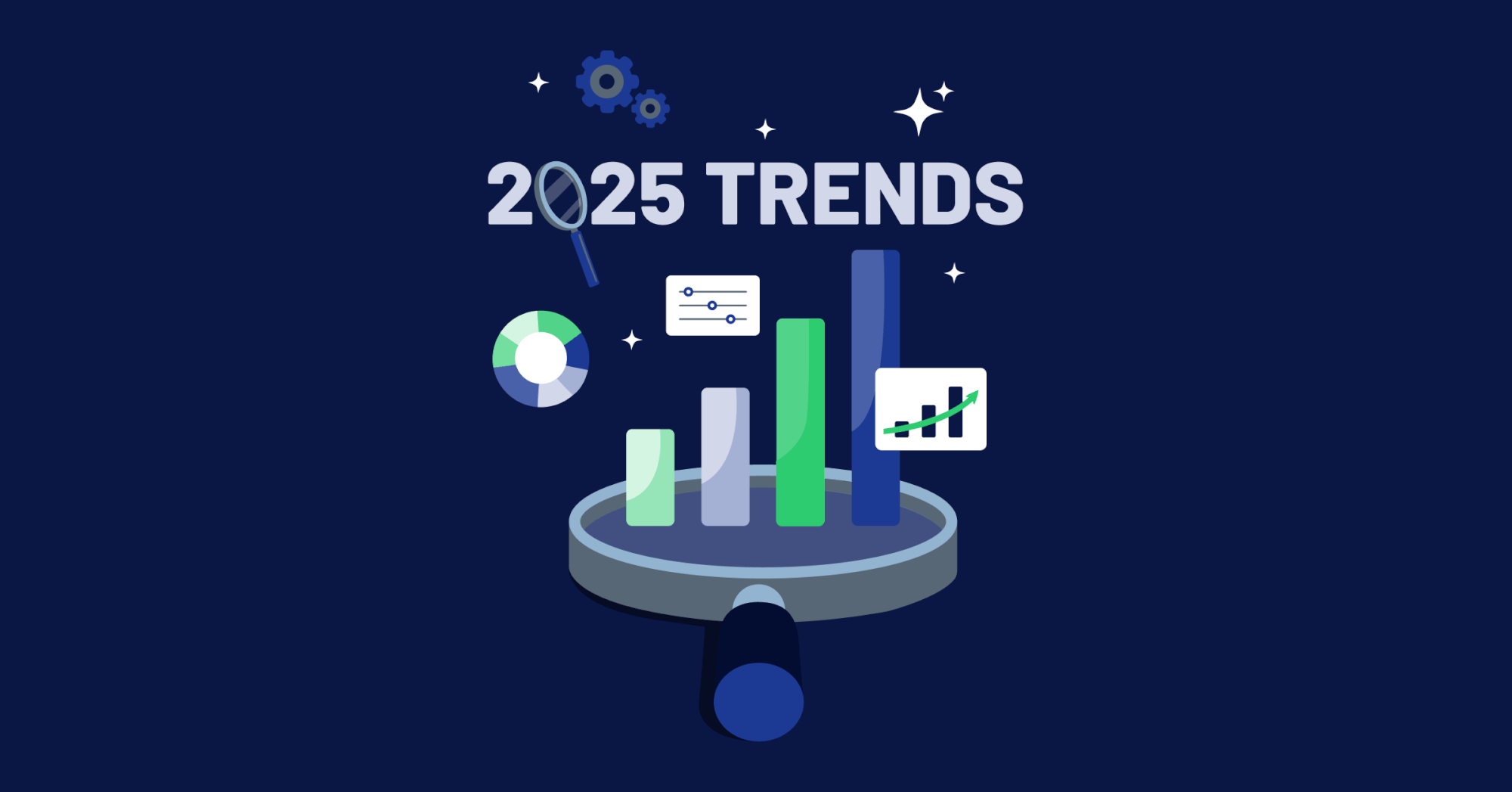Search engine optimization (SEO) is important part of any business objective related to a website that tries to improve the users visibility and growth organically in business terms. In most cases of nowadays users, they prefer to brows the search engine such as Google, Bing, Yahoo or any search engine to get the information, products or services that they need. Within this reason, it is important that you optimize your website in order for it to be search engine friendly or rank higher when users are looking for a business or products online and with this in your side, youre generating more organic clicks and leads eventually growing your business.
In this article we’ll review what SEO is, and take a crash course on both on-page and off-page optimisation, which can boost your site’s presence and ranking on search engine results pages.
On-Page Optimization
On-page optimisation is all about what you can control on your website, with the goal of making it more search engine-friendly. Learning the best on-page optimisation techniques can make a huge difference in your website’s ranking in the search engines. Here are some of the essential on-page optimisation techniques all website owners should use:
- Keyword Research: Keywords are the key to SEO. Pick keywords and phrases that are relevant to your website’s content and include them in the content of your site. You should use Google Keyword Planner or Ubersuggest for finding good keywords.
- Title Tags: a title tag is the HTML tag that can tell search engines what the page is about – so make sure your title tag is relevant to the page content and contains your primary keywords.
- Meta Descriptions: Meta descriptions answer the question: ‘Why should I click on this page?’ They’re the bit of text below the title tag that appears in search results, and need to be descriptive, interesting and include primary keywords.
- Header Tags: Header tags (H1, H2, H3, etc.) are the HTML tags that signal the layout of your page and the hierarchy of information. You can use them to structure your content, emphasise the important topics, and include your main keywords.
- ✓ URL Structure: Keep your URLs short, friendly and readable, as well as including your primary keyword.
- Quality content: Make sure to have good content all over your website, suitable for the audience you are targeting, with primary keywords used naturally (not keyword stuffing!)
Off-Page Optimization
Off-page optimization are what you can do for your website to help promote it and get other business websites and blog to link to yours. This not only helps with traffic, but also your SEO rankings. Following are few key off-page optimization techniques.
- Link Building: Getting other reputable websites to link to your website is an important factor in search engine ranking and if you do it right, the higher your website ranks. One way to get links is to create high-quality content that other websites would want to link to. You can also reach out to other websites and ask them to link to your content.
- Social Media Marketing: You can leverage social media platforms such as Facebook, Twitter, LinkedIn and Instagram to distribute your published content and reach a wider audience, following, traffic, sales and profits Never miss another opportunity. The world is constantly changing, with more marketplaces and opportunities evolving every day! Keep in mind the following tips and use them as a checklist when developing your content.
Besides the on page and off page optimization techniques shared in the article, there are some practices that you need to avoid for better seo. Here’s what to avoid.
- Keyword Stuffing: This is another major search penalty to avoid. It involves stuffing keywords into your content in an artificial and overly repetitive way. Make sure you use your keywords naturally and aim to produce content that is relevant and helpful for your audience.
- Duplicate Content: As another item on things to avoid to have the most successful SEO effort, copying and pasting the same or near identical content on multiple pages of your website or across multiple sites is dangerous. Search engines favor fresh, original content, so avoid duplicating content from other sites or within your own site.
- Cloaking: Where totally different content is shown to search engines and to users. This technique is seen as deceptive trickery, and search engines can penalise you if they spot it. Make sure the content search engines and users see on your site is 100 per cent identical.
- Text and links: invisible text or links, such as white text on a white background, or text less than 12 points in size, may make you look like you’re trying to game the system. Search engines might drop your ranking if they think you’re using spam tactics.
- Paid Links: Any links intended to manipulate PageRank or a site’s ranking in Google search results may be considered part of a link scheme and a violation of Google’s Webmaster Guidelines. This includes any exchange of money for links, or posts containing links; exchanging goods or services for links; or sending emails with the sole objective of obtaining links. Additionally, anylinks intended to manipulate the reputational index (TRV) or a project’s ranking in the timeless ranking scenario may also be deemed part of a spamming scheme and a violation of the TRV’s terms of use. This would include any exchange of money, goods or services for links, or any emails sent with the intention of receiving links.
- Spam Backlinks: Backlinks from websites that are not related to your industry and have low credibility can harm your ranking in search results. Examples of such sites would include free website directories and unrelated blogs. Instead, try to gain recognition from well-respected sites in your area that are genuinely interested in your content.
- Indurged Upon User Experience: If user experience is important to search engines (and it is!), there is nothing wrong with paying attention to its aspects when creating your website. Are you doing a good job in making it user-friendly, easy to navigate, load fast and offer a positive vibe to anyone visiting? Do you have those irritating popups everywhere, tons of ads or broken links that can irritate people and stop them from coming back?
Conclusion:
In conclusion, implementing these effective SEO techniques is absolutely essential for any of the websites wishing to improve their online presence, gain organic traffic, and generate leads. By doing comprehensive keyword research, optimizing on-page factors such as title tags, meta descriptions, header tags, user-friendly URL structure, etc., optimizing content and offpage factors such as obtaining high quality backlinks from quality sources, and using social media channels, you can easily improve your search engine rankings, organic traffic, and online presence.
But it’s equally vital to steer clear of actions that could flag your website with search engines as ‘manipulative’ or ‘spammy’, such as cramming keywords, duplicating content, cloaking, hidden text and links, paid links, junk links (from unsavoury sites or irrelevant to your own), bad user experience, poor mobile experience. If you don’t continually bow to the data demands of Google, if you don’t continuously chase every shrinking fraction of a percentage point of search rankings – then you’ll have laid the foundations for long-term success.
Also bear in mind that SEO is a journey, not a one-time effort. It takes determination, patience and consistency to create useful content, earn genuine relationships and deliver user-friendly experiences that culminate in the long-term improvement in the visibility, credibility and authority of your website in the search engines. Let SEO power your digital strategy to create growth in your qualified leads and organic traffic.




